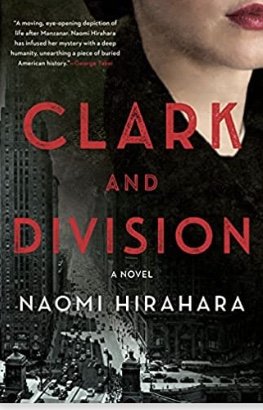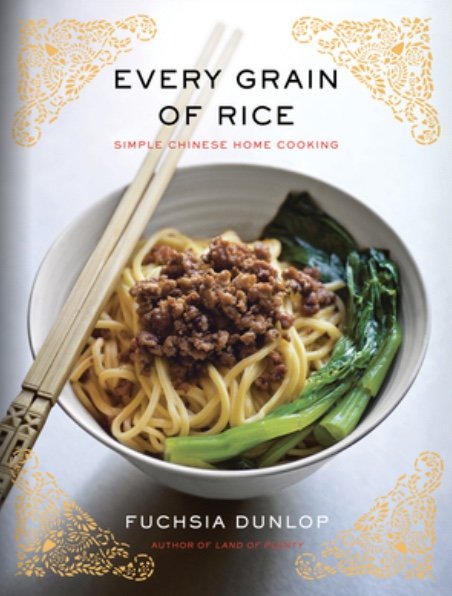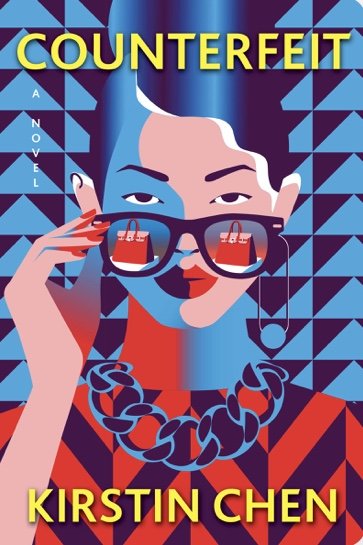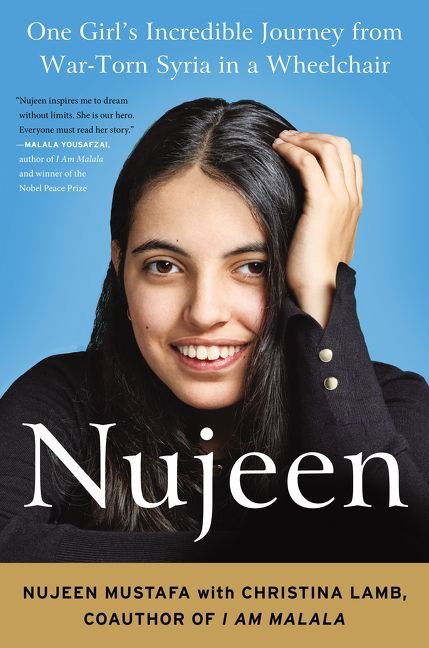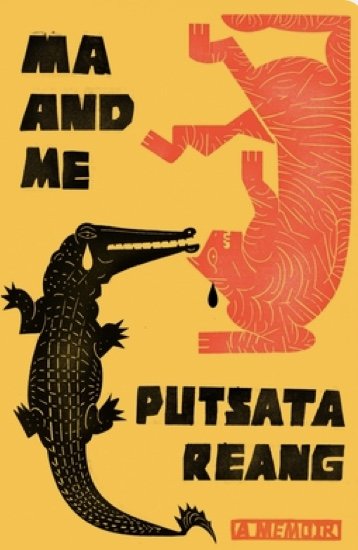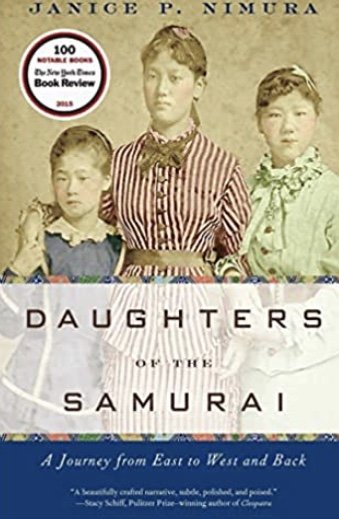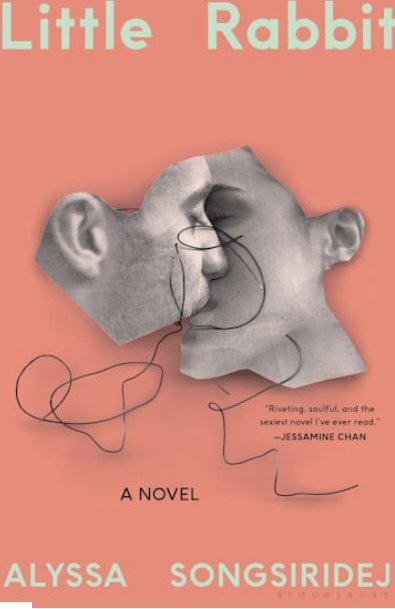Em by Kim Thuy, translated by Sheila Fischman (Seven Stories Press)
When “truth is fragmented is it still the truth?” How is it possible to encompass all the different truths contained in a war? Kim Thuy takes the stories told to her by others, the histories she’s read, and her own childhood memories to reconstruct the war that turned her into a refugee by the time she was ten. But, she says, “Memory is a faculty of forgetfulness.” It cloaks brutal truths with the vagueness that lends itself to myths and fables.
In concise chapters that are spread over only 148 pages, Thuy presents true facts of the Vietnam/American war as seen through characters who appear and swiftly vanish, people of tragedy and coincidence. The improbability of their stories softens the brutal reality of the truth. A Saigon woman who has been recruited as a guerrilla to kill a French planter falls in love with him, bears his child, and dies with him in their plantation that’s become a combat zone. Their daughter is taken to My Lai during a school holiday by a servant who came from there. The girl goes to sleep in a veil of privilege, wakes up to the sound of killing, and is rescued from a pit of corpses. Later the child she abandons is picked up by a street orphan. Years afterward these two children meet in another world, another life, and find a happy ending together.
This narrative is as improbable and magical as the frothiest of Shakespeare’s plays. It has to be. Interwoven with the fantastic is the history of the coolies who tapped the sap of rubber trees, exiles from China and India who labored beside their Vietnamese counterparts and died from the heavy workload; the testimony of a man who took part in the My Lai massacre, saying “I was told to kill anything that moved;” the moment that an American plane holding Vietnamese orphans exploded on the runway, killing 78 babies, with the 178 surviving children put on the next plane in Operation Babylift. It tells how the actress Tippi Hedren launched manicure training classes for newly arrived women from Vietnam, creating a global industry in which Vietnamese control half of the market, making a living while breathing in toxic fumes.
One chapter gives a glossary of French words that became part of the Vietnamese language, while the most commonly used Vietnamese word that entered French was con gai, that meant both girl and prostitute. Another tells how a homogeneous country became diverse, through the children who were never known by the foreign soldiers who impregnated their mothers.
“Naked, the earth was no longer a dance floor for sun and leaves,” Thuy says before describing the rainbow of toxins, not only orange but green, pink, purple, and blue herbicides that descended in deadly clouds and ricocheted backward so “the sprayers were also the sprayed.” She describes pho in delicious detail and then tells how hungry street children waited to drain the leavings from bowls of it after customers had walked away. She enumerates the official numbers of dead and wounded American and Vietnamese soldiers, while asking “why no list included the numbers of orphans, of widows, of aborted dreams, of broken hearts.”
“I tried to interweave the threads, but they escaped, and remain unanchored, impermanent, and free,” Thuy says as she nears the end of her novel. What she has made from that elusive fabric has the force and agony of PIcasso’s Guernica, wrapped in the deceptive sweetness of a fairy tale.~Janet Brown

